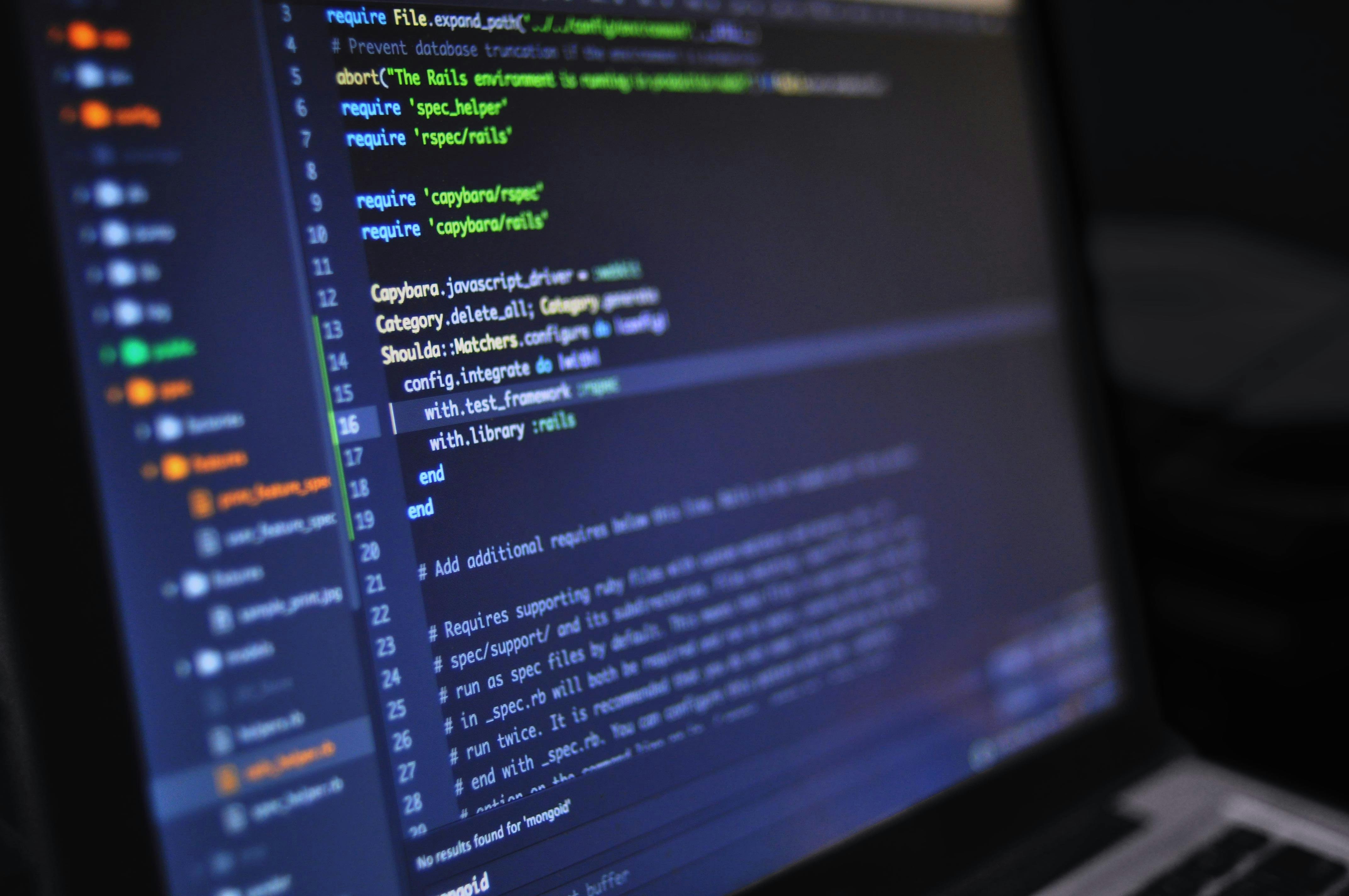Understanding Stream Memory Leaks in Node.js
Streams in Node.js provide a powerful abstraction for processing data incrementally. However, when streams are not properly managed, they can cause memory leaks by retaining references to data or listeners, leading to excessive memory consumption.
Key Causes
1. Unmanaged Event Listeners
Failing to remove event listeners on streams can cause memory leaks as references are retained unnecessarily.
2. Lack of Backpressure Handling
Not implementing backpressure properly can overwhelm the writable stream, causing high memory usage as data accumulates in memory.
3. Long-Lived Streams
Streams that are not properly closed or destroyed can continue to hold resources even after their intended use.
4. Improper Error Handling
Uncaught stream errors can leave resources hanging, preventing cleanup and leading to memory leaks.
5. High WaterMark Misconfiguration
Setting an excessively high highWaterMark can increase memory usage as large chunks of data are buffered.
Diagnosing the Issue
1. Using Node.js Memory Profiling Tools
Enable heap snapshots to identify memory leaks:
node --inspect myapp.js
Use Chrome DevTools or node-inspect to analyze heap usage.
2. Monitoring Event Listeners
Use EventEmitter.listenerCount to monitor the number of listeners attached to a stream:
const stream = getStream(); console.log(EventEmitter.listenerCount(stream, 'data'));
3. Analyzing Backpressure
Check if writable streams signal backpressure using .write():
const writable = getWritableStream();
if (!writable.write(chunk)) {
console.log('Backpressure applied');
}4. Inspecting Long-Lived Streams
Use lifecycle monitoring tools to ensure streams are properly closed after use.
Solutions
1. Properly Manage Event Listeners
Ensure listeners are removed when streams are no longer needed:
const readable = getReadableStream();
function onData(chunk) {
console.log(chunk);
}
readable.on('data', onData);
// Remove listener when done
readable.off('data', onData);2. Implement Backpressure Handling
Pause the readable stream when the writable stream signals backpressure:
const readable = getReadableStream();
const writable = getWritableStream();
readable.pipe(writable);
readable.on('data', (chunk) => {
if (!writable.write(chunk)) {
readable.pause();
}
});
writable.on('drain', () => {
readable.resume();
});3. Properly Destroy Streams
Ensure streams are destroyed to free up resources:
const stream = getStream(); stream.destroy();
4. Add Comprehensive Error Handling
Handle all stream errors to prevent leaks:
const stream = getStream();
stream.on('error', (err) => {
console.error('Stream error:', err);
stream.destroy();
});5. Tune High WaterMark
Set a reasonable highWaterMark to balance memory usage and performance:
const stream = getStream({
highWaterMark: 16 * 1024 // 16 KB
});Best Practices
- Always implement proper cleanup for streams, removing listeners and destroying unused streams.
- Test for backpressure in writable streams and implement mechanisms to pause/resume data flow.
- Configure
highWaterMarkappropriately based on application needs. - Enable memory profiling during development to detect leaks early.
- Use utility libraries like
stream.pipelineto simplify stream management.
Conclusion
Stream memory leaks in Node.js can cause significant performance and stability issues. By understanding the causes, diagnosing effectively, and implementing best practices for stream handling, developers can build efficient and reliable data processing pipelines.
FAQs
- What is backpressure in Node.js streams? Backpressure occurs when a writable stream cannot process data as fast as the readable stream provides it, signaling the readable stream to pause.
- How do I detect memory leaks in streams? Use heap snapshots and memory profiling tools to identify retained objects and excessive memory usage.
- Why should I destroy streams? Destroying streams releases resources and prevents them from consuming memory when no longer needed.
- What is the recommended highWaterMark value? The value depends on the use case, but 16 KB to 64 KB is a common range for balancing performance and memory usage.
- How can I simplify stream error handling? Use
stream.pipeline, which automatically handles errors and simplifies stream management.



